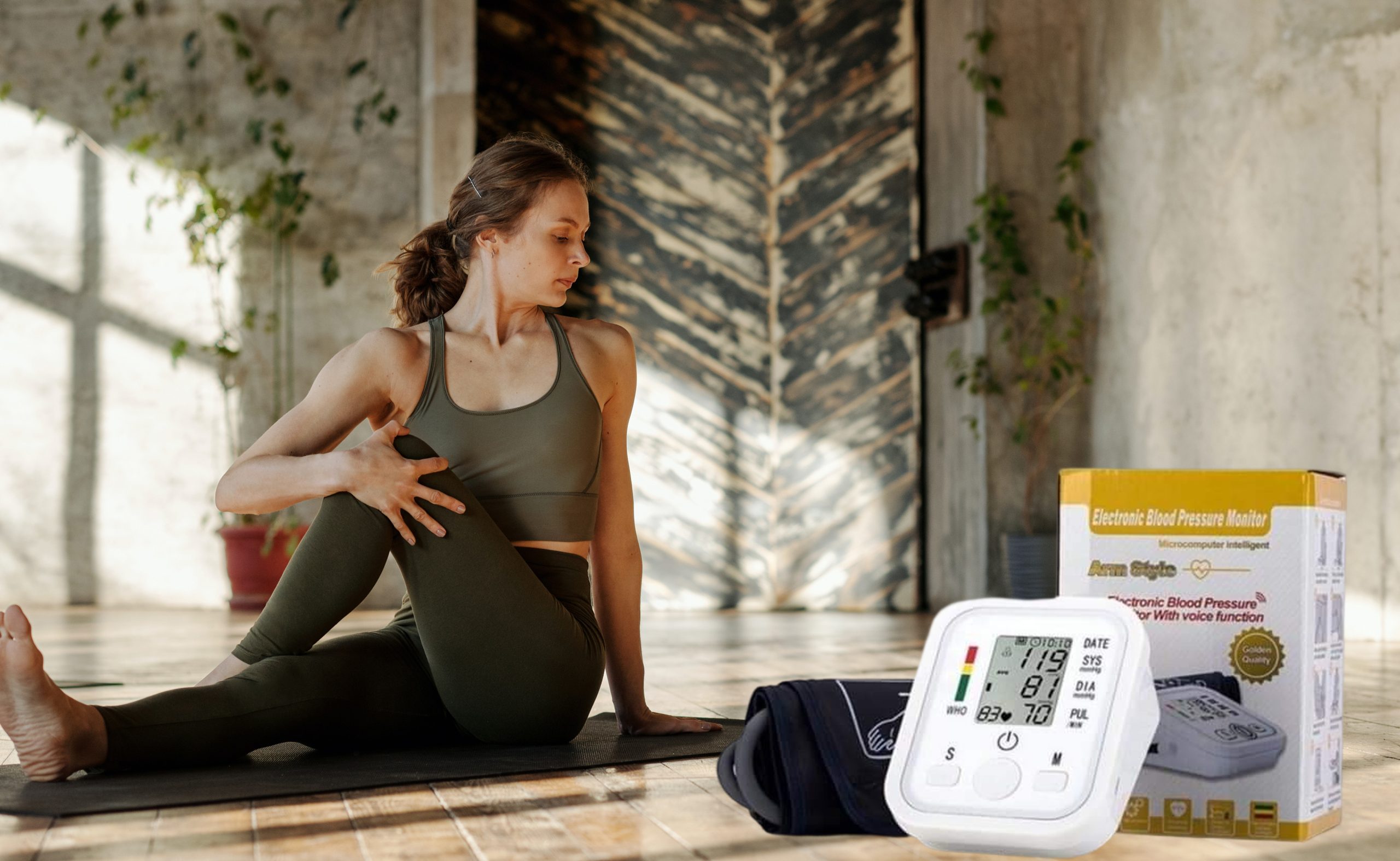In a world that often feels like it’s spinning faster than ever, taking care of our health has become paramount. Among the many health concerns that people face, high blood pressure stands as a silent yet significant threat. It’s no secret that regular exercise is a cornerstone of good health, and one of its remarkable benefits is its potential to lower blood pressure. In this blog, we will delve into the fascinating connection between exercise and blood pressure, understand the mechanisms behind it, and explore a variety of activities that can help us embrace a healthier lifestyle.
Understanding Blood Pressure
Before we dive into the ways exercise can lower blood pressure, let’s get a quick grasp of what blood pressure is. Blood pressure measures the force of blood against the walls of arteries as the heart pumps it around the body. There are two values: systolic pressure (the higher number), which measures the pressure when the heart beats, and diastolic pressure (the lower number), which measures the pressure when the heart rests between beats. A normal blood pressure reading is around 120/80 mm Hg. However, consistently elevated blood pressure, known as hypertension, can lead to serious health complications like heart disease, stroke, and kidney problems.
The Exercise-Blood Pressure Connection
Regular physical activity has been hailed as a natural remedy for many health woes, and its role in managing blood pressure is remarkable. Here’s how exercise contributes to maintaining healthy blood pressure levels:
- Weight Management: Engaging in physical activity helps in shedding excess weight or maintaining a healthy weight. Excess weight strains the cardiovascular system, contributing to high blood pressure. Exercise aids in reducing body fat, improving insulin sensitivity, and enhancing metabolic rate.
- Improved Heart Health: Exercise strengthens the heart muscle, making it more efficient in pumping blood. A stronger heart can pump more blood with less effort, resulting in lower blood pressure.
- Dilated Blood Vessels: Physical activity promotes the dilation of blood vessels. When blood vessels are relaxed and wider, blood flows more freely, reducing the pressure against the vessel walls.
- Reduced Stress: Stress is a significant contributor to high blood pressure. Exercise acts as a natural stress reliever by releasing endorphins, which are the body’s feel-good hormones. It also reduces the production of stress hormones like cortisol.
- Enhanced Nitric Oxide Production: Exercise increases the production of nitric oxide, a molecule that helps relax and widen blood vessels, improving blood flow and lowering blood pressure.
Activities to Embrace
Now that we understand the connection between exercise and blood pressure, let’s explore some exciting activities that can become a part of your daily routine:
- Brisk Walking: A simple yet effective activity, brisk walking can be done anywhere, anytime. It gets your heart pumping, improves circulation, and is gentle on the joints.
- Swimming: Dive into the refreshing world of swimming. It’s a full-body workout that enhances cardiovascular health and promotes relaxation.
- Cycling: Whether outdoors or on a stationary bike, cycling is a low-impact exercise that keeps your heart rate up and strengthens your legs.
- Yoga: Don’t underestimate the power of yoga. Its focus on deep breathing, mindfulness, and gentle movements can help reduce stress and regulate blood pressure.
- Dancing: Shake a leg and boogie your way to better health. Dancing is a fun way to stay active, improve heart health, and boost your mood.
- Strength Training: Lifting weights or using resistance bands a few times a week can help build lean muscle mass, boost metabolism, and improve blood pressure.
- Aerobics: Join an aerobics class to get your heart racing and your body moving. It’s a fantastic way to burn calories and strengthen your cardiovascular system.
- Hiking: If you love the outdoors, hiking is a perfect choice. It combines cardiovascular exercise with the benefits of spending time in nature.
- Tai Chi: This ancient Chinese practice involves slow, flowing movements that improve balance, flexibility, and relaxation, all of which contribute to better blood pressure management.
- Interval Training: For those seeking a challenge, interval training alternates between high-intensity bursts of exercise and periods of rest or low-intensity activity. It’s effective for improving cardiovascular fitness and burning calories.
In a world where the pace of life can sometimes feel overwhelming, taking charge of our health becomes an essential act of self-care. Exercise isn’t just a means to achieve an ideal body – it’s a powerful tool for managing blood pressure, improving cardiovascular health, and enhancing overall well-being. From the simplicity of a daily walk to the exhilaration of dance, the options for staying active are diverse and exciting.
As you explore the multitude of activities available, remember that consistency is key. Find activities that align with your preferences, lifestyle, and physical condition, and gradually incorporate them into your routine. Whether you’re a water enthusiast, a nature lover, or someone who thrives in a group setting, there’s an exercise for everyone. The journey to lower blood pressure and improved health is a personal one, and each step you take contributes to the overall picture of wellness.








0 Comments